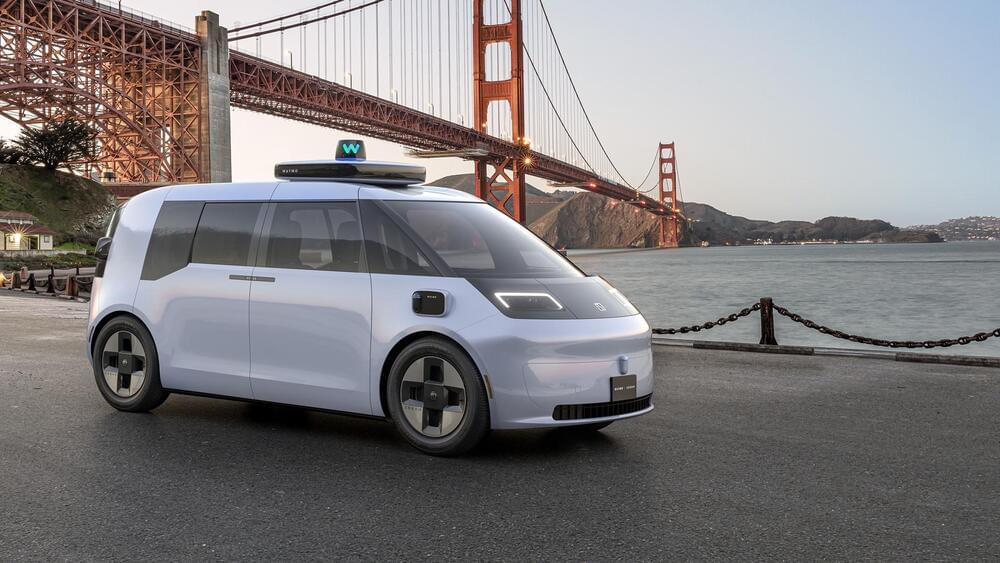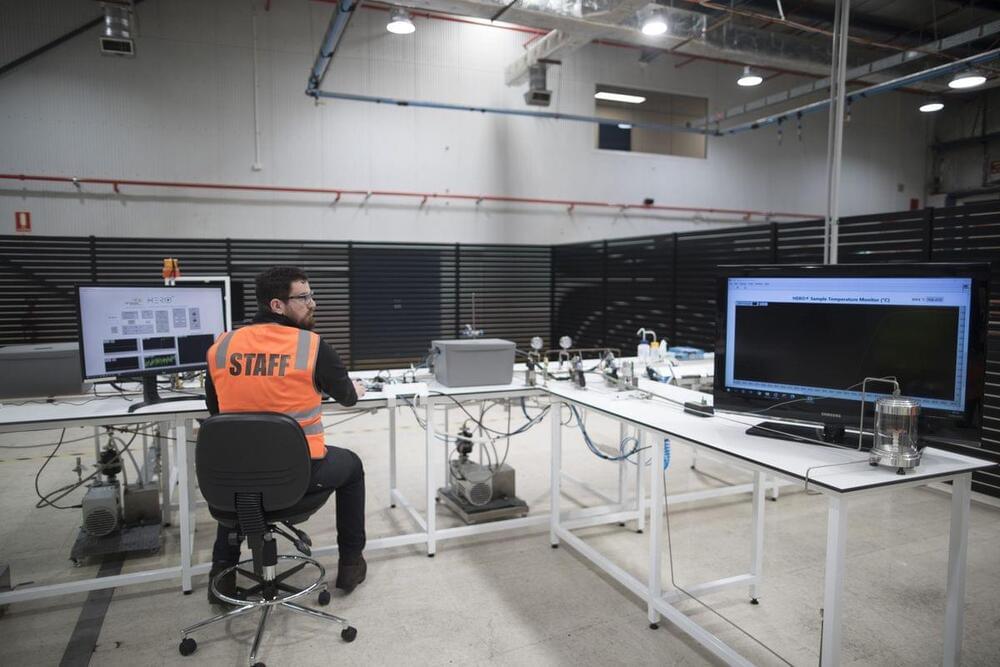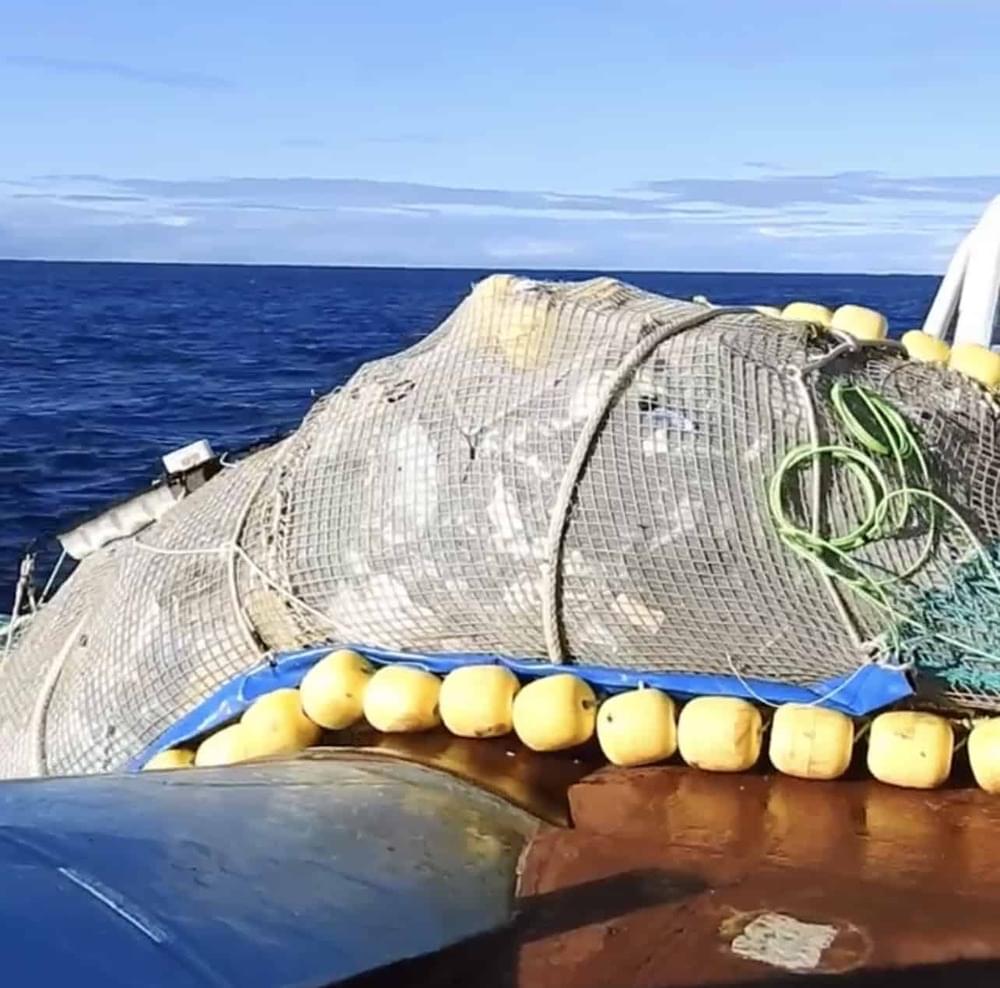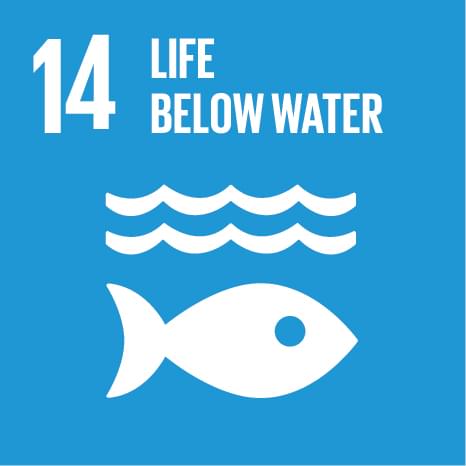The CATL tech with impressive claims for energy density, cooling, and range will first go into the Chinese premium EV brand.
Australian lab uses catalyst to generate 700ºC heat from hydrogen that could be used to retrofit power stations.
According to the American Chemistry Council, in 2018 in the United States, 27.0 million tons of plastic ended up in landfills compared to just 3.1 million tons that were recycled. Worldwide the numbers are similarly bad, with just 9% of plastic being recycled according to a recent Organization for Economic Co-operation and Development (OECD) report.
The statistics are even worse for certain types of plastic. For example, out of 80,000 tons of styrofoam (polystyrene.
Polystyrene was discovered by accident in 1,839 by Eduard Simon, an apothecary from Berlin, Germany. As one of the most widely used plastics in the world, polystyrene is used for bottles, containers, packaging, disposable cutlery, packing peanuts, and more. It can be solid or foamed (Styrofoam is a brand name of closed-cell extruded polystyrene foam).
Over 100,000 kilograms of plastic has been removed from the Great Pacific Garbage Patch (GPGP) in a record haul orchestrated by non-profit ‘The Ocean Cleanup’: “If we repeat this 100,000 kilogram haul 1,000 times – the Great Pacific Garbage Patch will be gone.”
Best known as a major component in Styrofoam, polystyrene is widely used but rarely recycled. Now scientists have developed a way to upcycle it into a useful product.
This holds a great opportunity for a recycling boon.
These frightening figures represent the most robust estimate of marine plastic pollution calculated to date.
Our innovative ocean cleaning system is already removing plastic from the Pacific Ocean. Combined with our Interceptor river solutions deployed around the world, we aim to reduce floating ocean plastic by 90% by 2040.
Trillions of pieces of plastic float on the surface of our oceans, damaging habitats and contaminating food chains; a problem forecast to worsen exponentially as the stream of plastic flowing into the ocean from rivers increases. We address the plastic problem with a dual strategy: removing plastic that is already polluting the oceans, while also intercepting plastic in rivers to prevent it reaching the ocean and adding to the problem.
Throughout 2021 and 2022, our ocean cleaning system has been harvesting plastic from the Great Pacific Garbage Patch (GPGP), estimated to contain around 100,000,000 kilograms of plastic. Each branch of this strategy is essential to efficiently rid the oceans of plastic.
Basically this special bacterium Ideonella sakaiensis could solve the plastic crisis in the oceans by eating the plastic.
Plastic polymer PET degrading enzymes are of great interest for achieving sustainable plastics recycling. Here, the authors present the crystal structures of the plastic degrading bacterial enzymes PETase, MHETase in its apo-form and MHETase bound to a non-hydrolyzable substrate analog.
Circa 2010 face_with_colon_three
The evidence is growing that quantum processes play a crucial role in photosynthesis, even at room temperature.









